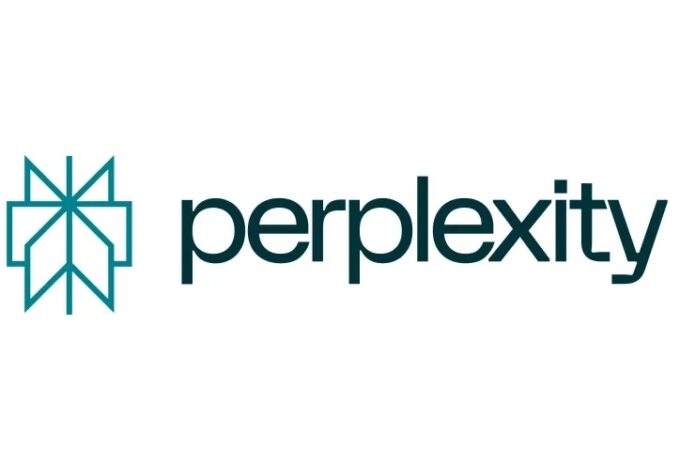
Types of Pricing Models Used in SaaS
Meta: There are several kinds of pricing models that can be used in the domain of SaaS (Software as a Service), read on to find out more about each of these types.
When you run a business, you’ll need to decide on how you’re going to earn money for what you do. The advent of the internet has resulted in several kinds of businesses that offer their services for something other than a traditional flat rate, and they can even end up making more money than if they did.
In the field of technology, using alternative pricing models is a common occurrence because of the nature of software. Since programs will have to be constantly updated to keep up with advancements in hardware and operating systems, it doesn’t make sense to pay a flat fee for your software.
This phenomenon is known as SaaS (Software as a Service), and it is exactly what it sounds like. Instead of selling a piece of software as a standalone product, liken it to a service in which your customer pays for how they use the product. If you want to build your own SaaS, you’re going to need to know about pricing models.
Flat Subscription
This is the simplest way to market software, and it is when customers pay a single price so that they can subscribe to and use a program. There may or may not be a trial version of the software with limited capabilities so that customers can get a feel for how it functions, but when it expires, everyone must pay the same amount.
A flat subscription is less complicated for the creators, as they will have to spend less time designing different versions of the program for various price points. This allows the developers to focus on more pressing matters, but a flat subscription has the disadvantage of looking less appealing to the customer.
Tiered Subscriptions
Another choice is a tiered subscription method, in which there are various tiers of subscribers, and they unlock more functionality for the software if they pay more money. For example, the first tier of software can be available for 5 dollars per month, but it will only offer offline functionality, to use it online, the customer would have to pay 10 dollars per month.
This kind of pricing model allows customers to pay for what they need instead of having to cover the cost of developing more advanced features that they may not want. This has the chance of bringing in more customers who wouldn’t have otherwise given the software a second glance.
Timed Pricing
Finally, there is also timed pricing, which will charge the customer a rate based on the amount of time they used the software for over a given period. For example, if someone used the program for five hours in a single month, they’ll get charged three dollars, while someone who uses it for ten hours will have to pay six dollars.
Conclusion
As you can see, there are quite a few options available when it comes to pricing models using in SaaS. This knowledge can end up making it far easier to build your own SaaS and immediately start benefiting from this industry.




